The number of calves on the move to beef-rearing farms is set to dramatically increase over the next few weeks. Done well, a dairy-calf-to-beef system can complement a suckler or sheep system quite well in terms of labour input and can help increase the overall farm output.
However, calf rearing is not something that should be undertaken without serious consideration. It takes a high level of technical skill to hit performance targets and keep mortality low.
Step 1: budget
Sitting down and doing out a budget simply must be step number one. If you plan to invest money into these animals and bring them through to slaughter, you will be looking at them for at least the next 18 months to two years.
That is a long time to have money tied up in a system, so you need to know if you will get a return on your investment. While we cannot predict what the price of beef will be when these animals come to the point of slaughter, we can figure out what price we will require to make a margin by adding up all our input costs.
Be realistic in your costings. If your winter period is typically six months, then there is no point in costing it in for four in the hopes of favourable grazing condition this autumn and spring next year.
Likewise, with daily liveweight gain targets, we may aim for doing 1.2kg/head/day at grass, but, in reality, even with very good grassland management, these types of stock are doing well if they grow in excess of 1kg/day during the first grazing season.
Purchasing performance
The temptation may be there to supplement stock with concentrates to increase performance. However, when you look at the economics of it, you are usually breakeven at best for this extra liveweight gain.
If these systems are to stand a chance of leaving a positive margin, good grassland management and top-quality silage are essential.
What costs to include?
Include costs such as calf purchase price, silage and meal costs, grazing costs, vet and med, transport and killing charges and the one that many farms forget, a mortality cost.
Unfortunately, there will be some losses along the way and these should be accounted for in the budget. Well-run systems will be hitting less than 2% mortality, but if it is your first time rearing calves, a 5% figure might be more realistic.




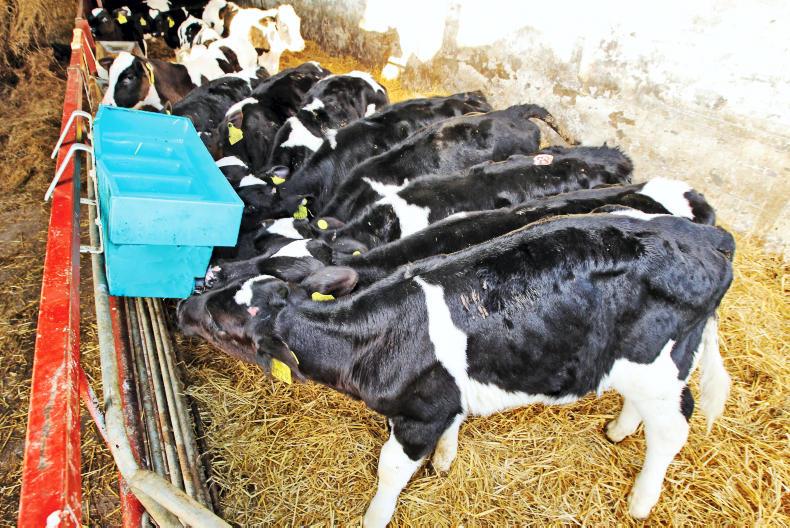
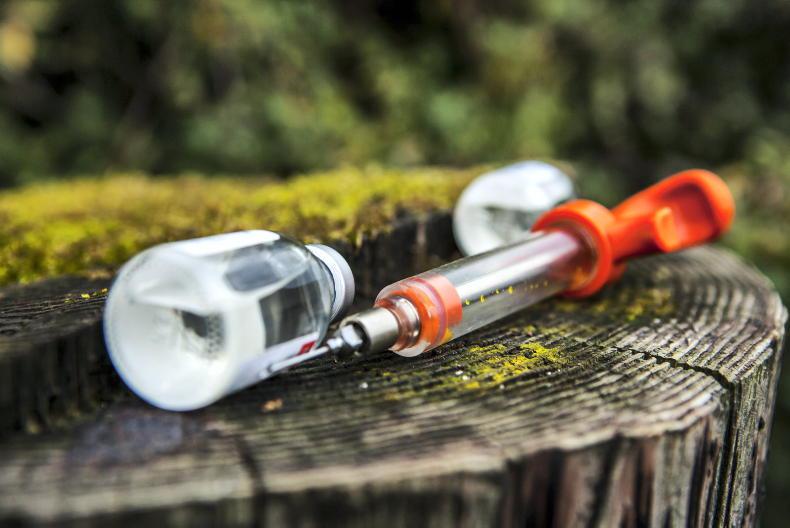

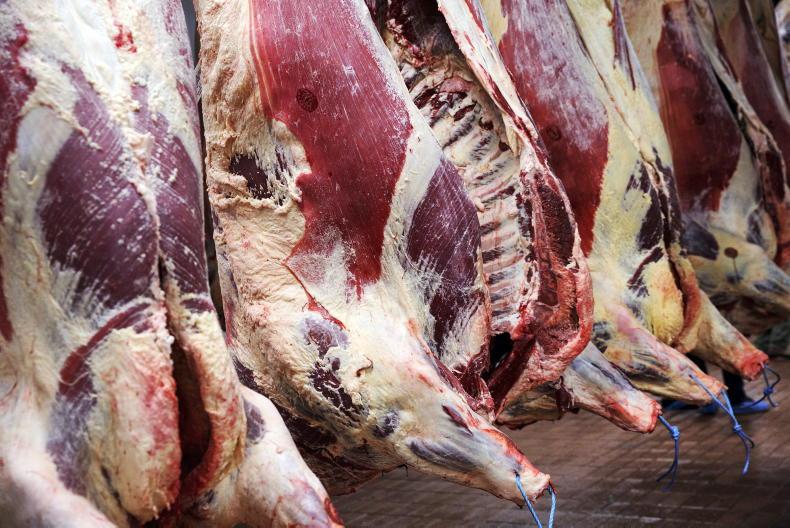
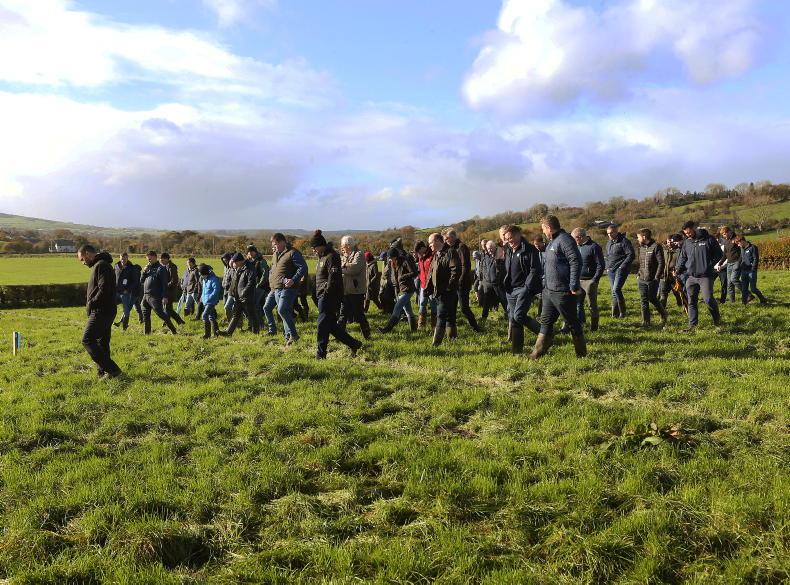
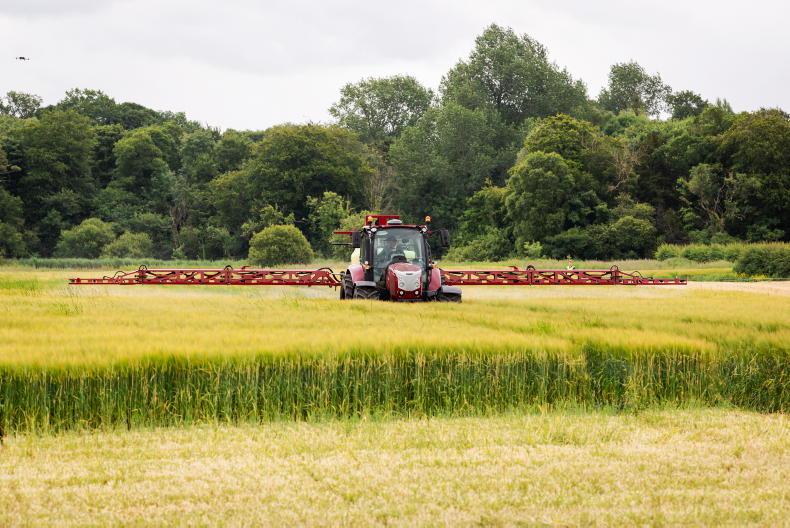
SHARING OPTIONS